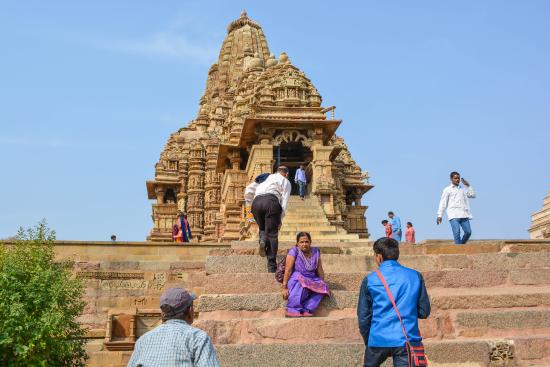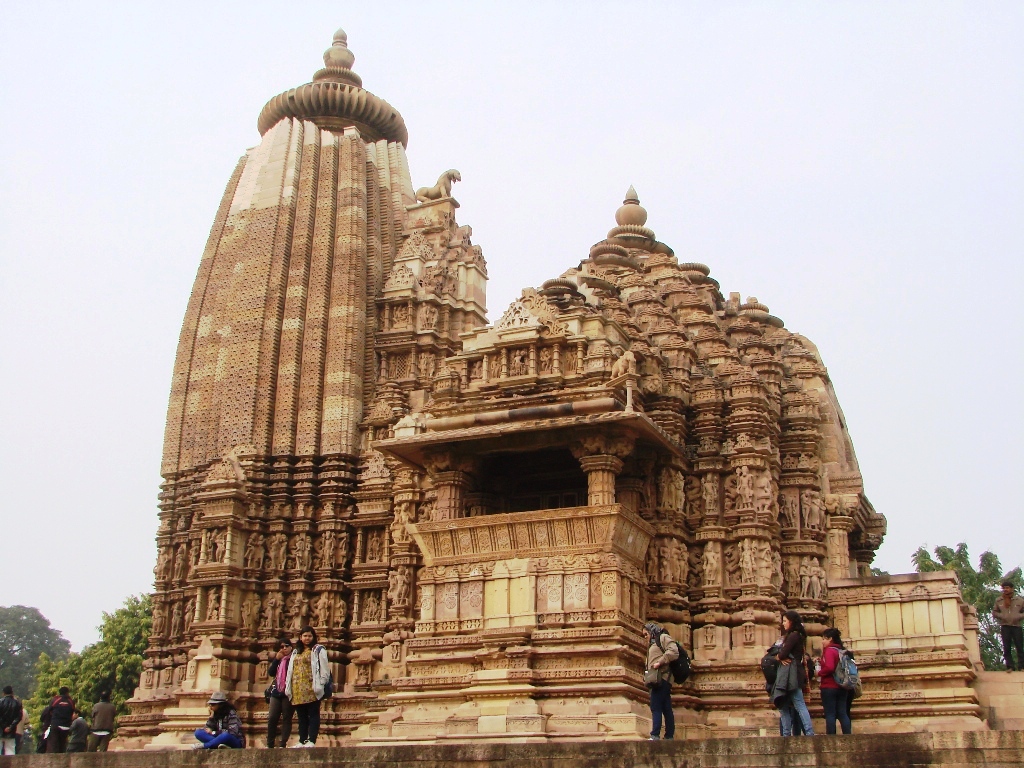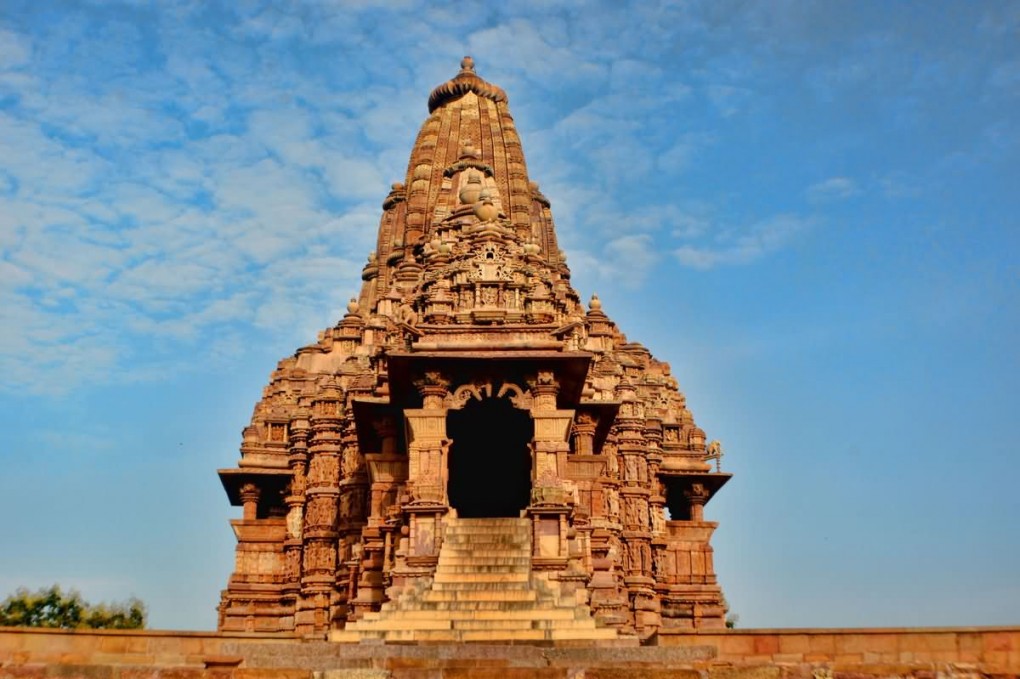
Khajuraho Temples
The temples of Khajuraho are India’s unique gift to the world, representing, as they do, a paean to life, to love, to joy; perfect in execution and sublime in expression. Life, in every form and mood, has been capured in stone,Khajuraho Temples testifying not only to the craftsman’s artistry but also to the extraordinary breadth of vision of the Chandela Rajputs under whose rule the temples were conceived and constructed.
The world renowned temple town of Khajuraho in Madhya Pradesh designated by UNESCO as a world heritage site for its archaeological and historical monuments.
The Khajuraho temples were built in the short span of a hundred years, from 950-1050AD in a truly inspired burst of creativity. Of the 85 original temples, 22 have survived till today to constitute one of the world’s great artistic wonders.
The Creators of Khajuraho claimed descent from the moon and the legend behind the founding of this great dynasty and the temples is a fascinating one. Hemwati, the lovely young daughter of a

Brahmin priest, was seduced by the moon-god while bathing in a forest pool. The child born of this union was Chandravarman, founder of the Chandela dynasty. Brought up in the forests by his mother who sought refuge from a sensorious society, Chandravarman, when established as a ruler, had a dream-visitation from his mother. It is said that she implored him to build temples that would reveal human passions, and in doing so, bring about a realization of the emptiness of human desire. It is also possible that the Chandelas were followers of the Tantric cult, which believes that gratification of earthly desires is a step towards attaining the infinite liberation of nirvana.
Why they chose Khajuraho, even then a small village, as the site for their great complex is also open to of their faith Khajuraho Templesand the many beliefs represented in the temples, the Chandelas conceived Khajuraho as a seat of religion and learning, to bring together many sects.
With their decline, the temples lay forgotten for many centuries, covered by the encroaching forests, victim to the ravages of the elements. Re-discovered only in this century, restored and claned, the temples of Khajuraho once again testify to a past glory.
Architecturally too, they are unique, being very different from the temple prototype of their period. Each stands on a high masonry platform with a marked upward direction in the structure, further enhanced by vertical projections to create the effect of grace and lightness. Each of the chief compartments is mounted by its own roof, grouped so that the highest is in the centre, the lowest over the portico; a highly imaginative recreation of the rising peaks of the Himalayas, abode of the gods.
The three main compartments are the entrance (ardha-mandapa), assembly hall (mandapa) and sanctum (garbha griha), with further additions in the more developed temples.







